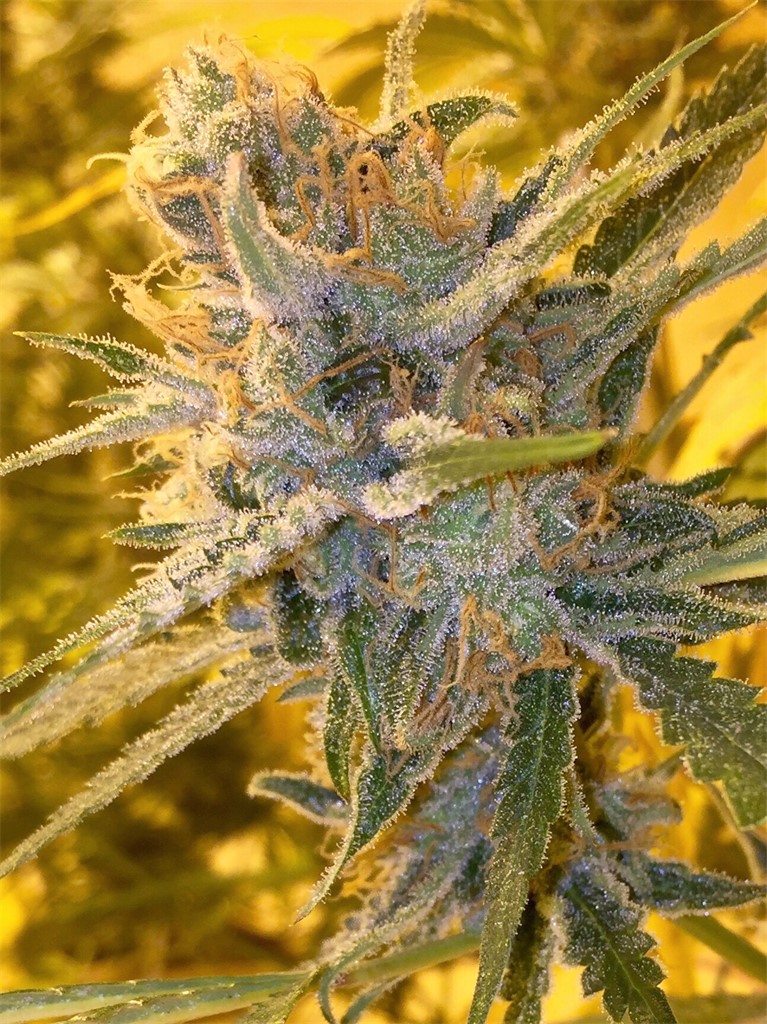

In addition to pure indica, sativa, and ruderalis varieties, hybrid varieties with varying ratios of these three types are common, such as the White Widow hybrid which has about 60% indica and 40% sativa ancestry. Among the marijuana community however, sativa rather refers to equatorial varieties producing stimulating psychoactive effects, whereas indica-type plants from Central Asia are used for relaxing and sedative drugs (THC:CBD > 1). Morphologically, the name sativa designates tall plants with narrow leaves, while indica refers to short plants with wide leaves. The informal designation sativa and indica may have various, controversial meanings. Avidekel, a medical marijuana strain developed in Israel, has a very low content of THC but a high content of CBD, limiting its psychoactive potential while exploring the beneficial medical effects of the latter. Unlike most commercially developed strains, indica landraces exhibit plants with varying THC/CBD ratios. The subjective effects of sativas and indicas are said to differ, but the ratio of tetrahydrocannabinol (THC) to cannabidiol (CBD) in most named drug varieties of both types is similar (averaging about 200:1). Sativas bloom later than indicas, often taking a month or two longer to mature. They are often favored by indoor growers for their size. Pure indica varieties are shorter and bushier, with wider leaflets.

Pure sativas are relatively tall (reaching as high as 4.5 meters), with long internodes and branches, and large, narrow-bladed leaves. However, because Cannabis ruderalis flowers independently of the photoperiod and according to age, it has been used to breed autoflowering strains. A third species, Cannabis ruderalis, is very short and produces only trace amounts of tetrahydrocannabinol (THC), and thus is not commonly grown for industrial, recreational or medicinal use. The two species of the Cannabis genus that are most commonly grown are Cannabis indica and Cannabis sativa. Several varieties of cannabis, known as hemp, have a very low cannabinoid content, and are instead grown for their fiber and seed. These varieties have been cultivated to contain a high percentage of cannabinoids. The Cannabis strains referred to in this article are primarily those varieties with recreational and medicinal use. Variety names are typically chosen by their growers, and often reflect properties of the plant such as taste, color, smell, or the origin of the variety. Varieties are developed to intensify specific characteristics of the plant, or to differentiate the strain for the purposes of marketing or to make it more effective as a drug. Cannabis strains are either pure or hybrid varieties of the plant genus Cannabis, which encompasses the species C.


 0 kommentar(er)
0 kommentar(er)
